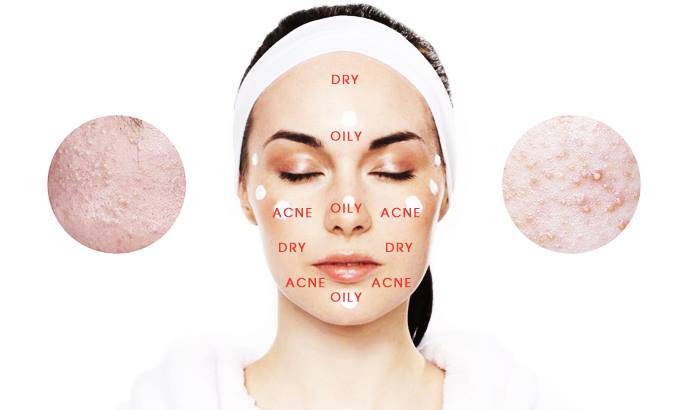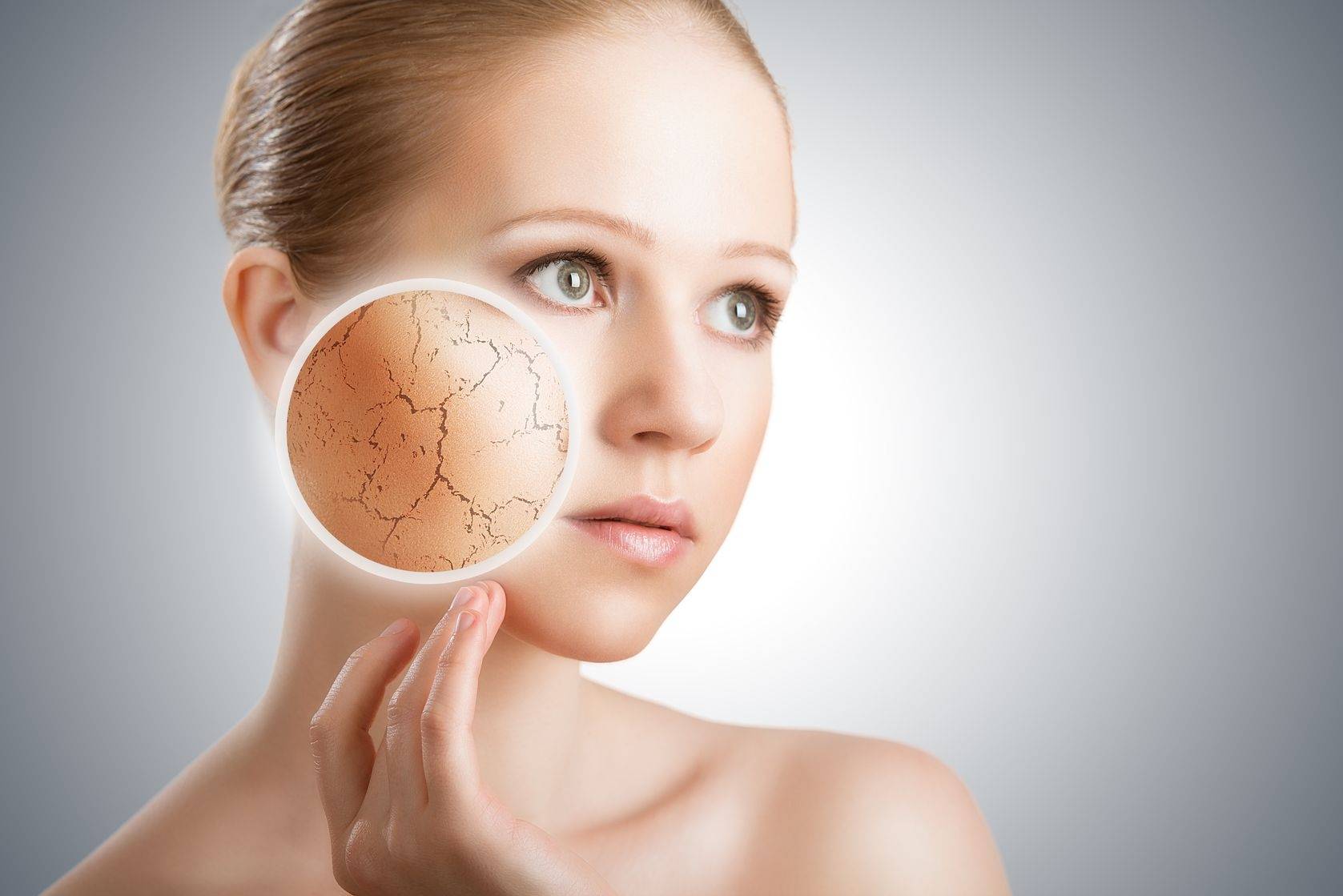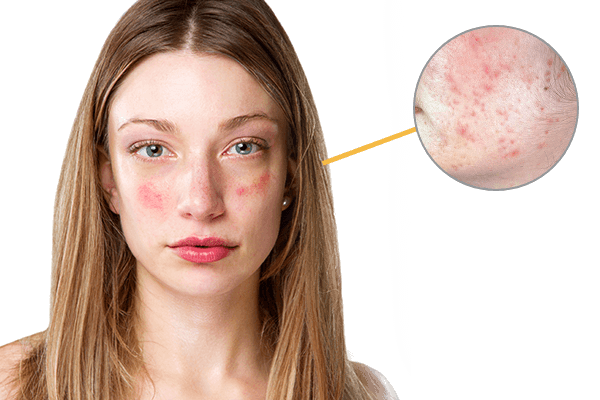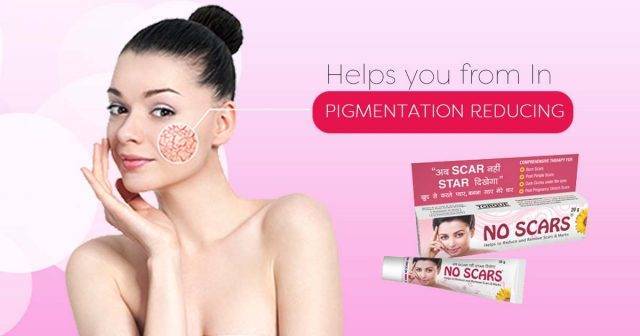Natural Moisturizing Factor
Moisturizing Factor
One of the primary elements in keeping skin healthy is making sure the structure of the epidermis (outer layer of skin) is intact. The components that do this are often called Natural Moisturizing Factors (NMF) or ingredients that mimic the structure and function of healthy skin. While the oil and fat components of the skin prevent evaporation of moisture and provide lubrication to the skin surface, it is the intercellular matrix, along with the skin’s lipid content, that gives the skin its texture and feels.
The Role of the NMF is to maintain adequate skin hydration. Adequate hydration serves three major functions:
(1) It maintains the elasticity of the skin, protecting it from damage
(2) It allows hydrolytic enzymes to function in the process of desquamation, and
(3) It contributes to the optimum stratum corneum barrier function.
Traditionally, the stratum corneum is thought of as nonviable tissue. While this is true, the stratum corneum is a dynamic structure in which numerous enzymes still function, and these enzymes require a certain amount of water to perform. NMF water-binding provides much of this necessary water. Many of these enzymes are involved in the process of desquamation, breaking the various bonds and forces holding the corneocytes together in the most superficial layers of the skin. Research shows the activity of these desquamatory enzymes is affected by water levels within the tissue.
Reeducation the lack of NMF has been correlated with various stratum corneum abnormalities that manifest clinically as areas of dry skin with scaling, flaking, or even fissuring and cracking. These conditions include psoriasis, ichthyosis Vulgaris, and xerosis It has been shown that the reduction in NMF levels is a normal feature, while in psoriatic skin and ichthyosis, the NMF is essentially absent.
Routine washing of the skin with soap has been shown to remove the NMF from the superficial layers of the stratum corneum. The outermost layers typically show reduced NMF levels, largely due to bathing or exposure to UV light. Also, aging appears to dramatically reduce the amino acid content in the stratum corneum. Studies have shown a significant correlation between the hydration of the skin and its amino acid content. All of these conditions show characteristics of abnormal desquamation, with the accumulation of corneocytes resulting in the visible dryness, roughness, scaling, and flaking properties of dry skin
Starting from the teenage years and moving towards your 50’s and 60’s, there are numerous changes that our skin goes through with time. The teenage skin type is generally affected by the body hormones and develops in combinations like normal, dry, oily. When you get into the ’20s your skin starts maturing and you even start getting premature wrinkles. The 30’s skin looks tired and dull, and that’s why it needs extra care. Pursuing towards your 40’s, the wrinkles will start getting deeper and the ability of the skin to hold moisture also decreases. When you are into your 50’s, your skin needs additional care as skin becomes mature. Finally, when you are into your 60’s, your skin becomes sensitive to infections.
But if proper skin analysis is done at the right time and complete care is given to your skin, you can still look young at all times and you will be able to delay the process of skin aging. So it is advisable to start caring for your skin at an early age.
Natural
Moisturizing Factor
One of the primary elements in keeping skin healthy is making sure the structure of the epidermis (outer layer of skin) is intact. The components that do this are often called Natural Moisturizing Factors (NMF) or ingredients that mimic the structure and function of healthy skin. While the oil and fat components of the skin prevent evaporation of moisture and provide lubrication to the skin surface, it is the intercellular matrix, along with the skin’s lipid content, that gives the skin its texture and feels.
The role of the NMF is to maintain adequate skin hydration. Adequate hydration serves three major functions: (1) it maintains the elasticity of the skin, protecting it from damage (2) it allows hydrolytic enzymes to function in the process of desquamation, and (3) it contributes to the optimum stratum corneum barrier function. Traditionally, the stratum corneum is thought of as nonviable tissue. While this is true, the stratum corneum is a dynamic structure in which numerous enzymes still function, and these enzymes require a certain amount of water to perform. NMF water-binding provides much of this necessary water. Many of these enzymes are involved in the process of desquamation, breaking the various bonds and forces holding the corneocytes together in the most superficial layers of the skin. Research shows the activity of these desquamatory enzymes is affected by water levels within the tissue.
Reduction or the lack of NMF has been correlated with various stratum corneum abnormalities that manifest clinically as areas of dry skin with scaling, flaking, or even fissuring and cracking. These conditions include psoriasis, ichthyosis Vulgaris, and xerosis It has been shown that the reduction in NMF levels is a normal feature, while in psoriatic skin and ichthyosis, the NMF is essentially absent.
Routine washing of the skin with soap has been shown to remove the NMF from the superficial layers of the stratum corneum. The outermost layers typically show reduced NMF levels, largely due to bathing or exposure to UV light. Also, aging appears to dramatically reduce the amino acid content in the stratum corneum. Studies have shown a significant correlation between the hydration of the skin and its amino acid content. All of these conditions show characteristics of abnormal desquamation, with the accumulation of corneocytes resulting in the visible dryness, roughness, scaling, and flaking properties of dry skin
Starting from the teenage years and moving towards your 50’s and 60’s, there are numerous changes that our skin goes through with time. The teenage skin type is generally affected by the body hormones and develops in combinations like normal, dry, oily. When you get into the ’20s your skin starts maturing and you even start getting premature wrinkles. The 30’s skin looks tired and dull, and that’s why it needs extra care. Pursuing towards your 40’s, the wrinkles will start getting deeper and the ability of the skin to hold moisture also decreases. When you are into your 50’s, your skin needs additional care as skin becomes mature. Finally, when you are into your 60’s, your skin becomes sensitive to infections.
But if proper skin analysis is done at the right time and complete care is given to your skin, you can still look young at all times and you will be able to delay the process of skin aging. So it is advisable to start caring for your skin at an early age.
About Skin Analysis
Skin Analysis
Skin being the largest and the most sensitive organ of our body has a gigantic impact on how we are perceived by the world. If your skin looks fresh, it indicates that you are healthy. As our skin reflects our growing age, so it is very crucial to give the right care to your skin in order to keep its resiliencel and suppleness. So to maintain the flawless glow, skin analysis is vital to get a clear view of your skin.
About
Skin Analysis
Skin being the largest and the most sensitive organ of our body has a gigantic impact on how we are perceived by the world. If your skin looks fresh, it indicates that you are healthy. As our skin reflects our growing age, so it is very crucial to give the right care to your skin in order to keep its resiliencel and suppleness. So to maintain the flawless glow, skin analysis is vital to get a clear view of your skin.
Types Of Skin
SKIN
Explore
POPULAR STYLES

Normal & Combination Skin Type
Normal skin is not too dry and not too oily and, A combination skin type can be dry or normal in some areas and oily in others, such as the T-zone (nose, forehead, and chin).
Normal skin is not too dry and not too oily and, A combination skin type can be dry or normal in some areas and oily in others, such as the T-zone (nose, forehead, and chin).
A combination skin type can be dry or normal in some areas and oily in others, such as the T-zone (nose, forehead, and chin).

Dry Skin Type
Dry skin is indicated by invisible pores, dull, rough complexion, red patches, less elasticity and more visible lines. When exposed to drying factors, skin can crack, peel, or become itchy, irritated, or inflamed. If your skin is very dry, it can become rough and scaly, especially on the backs of your hands, arms, and legs.
Dry skin may be caused or is made worse by genetic factors, aging or hormonal changes, weather such as wind, sun, or cold, ultraviolet (UV) radiation from tanning beds, indoor heating, long, hot baths and showers, ingredients in soaps, cosmetics, or cleansers in medications.

Sensitive Skin Type
If your skin is sensitive, try to find out what your triggers are so you can avoid them. You may have sensitive skin for a variety of reasons, but often it’s in response to certain skin care products.
Sensitive skin manifests as: Red, itchy with feeling of burning and dryness. If your skin is sensitive, try to find out what your triggers are so you can avoid them. You may have sensitive skin for a variety of reasons, but often it’s in response to certain skin care products. Sensitive skin manifests as: Red, itchy with feeling of burning and dryness.
Subscribe & Stay In Touch
Sign up for No Scars to receive all the new offers and discounts from our Products. Discounts are only valid for our subscribers.
Error: Contact form not found.
Latest Blog
Know in time what’s new and upcoming, our special offers
new services launches, and many, many more.

How Can You Reduce Scars Using Different Techniques?

7 Essential Tips Follow To Avoid The Problem Of Acne




